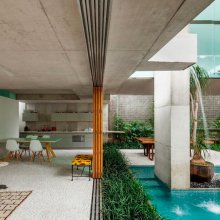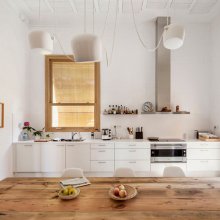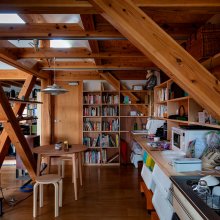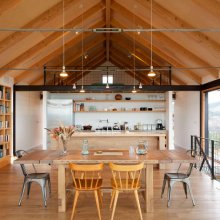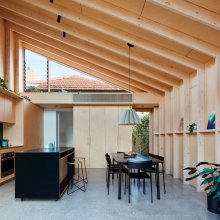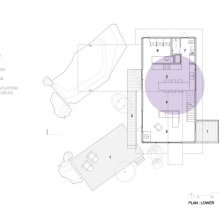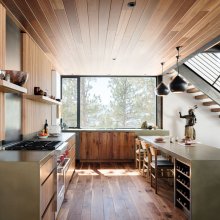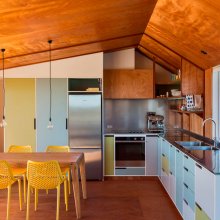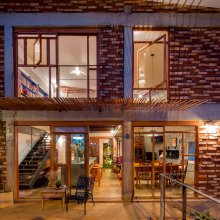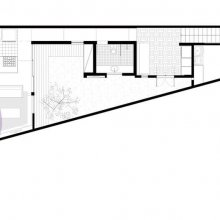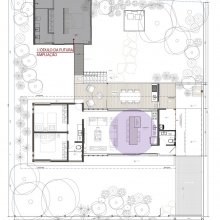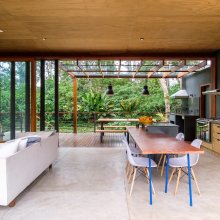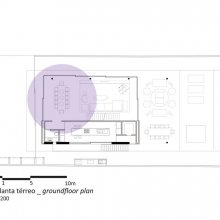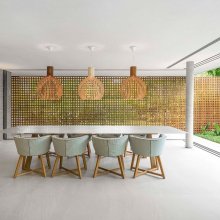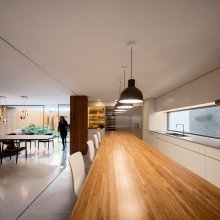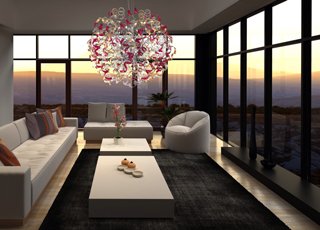The importance and possibilities of dining rooms in plans

The act of dining together, or sharing a meal, is referred to as commensality. Sitting at the table is a practice of connection and exchange that is far more than a simple function of basic human need. An article by Cody C. Delistraty compiles some studies on the importance of eating together: students who don't eat regularly with their parents miss school more; children who do not have daily dinner with their family tend to be more obese, and young people in families without this tradition can have more problems with drugs and alcohol, in addition to poorer academic performance. Clearly, all of the concerns addressed are complicated and should not be boiled down to a single element. Having a proper spot to eat that is free of distractions, on the other hand, is a good beginning point for at least one minute a day that is focused on conversation and eating. Dinner tables come into play here. In this article, we will look at several projects and categorize the most popular methods to use these vital pieces of furniture.
In contemporary homes, the dining table is frequently placed near the area where food is prepared as feasible for convenience. We can categorize them based on how they are grouped in relation to the layout, which varies in size, materials, and the number of seats.
Placing the table parallel to the countertop and the sink is a common approach for projects with limited space. This is the situation with Stilt House in Japan, where the table takes up a tiny area between the kitchen and the house's framework. The dining table is positioned parallel to the countertop in Weekend House in Downtown So Paulo and Casa 1101, by H Arquitectes, among many other instances, giving appropriate space for circulation while using the limited space between the two parts.
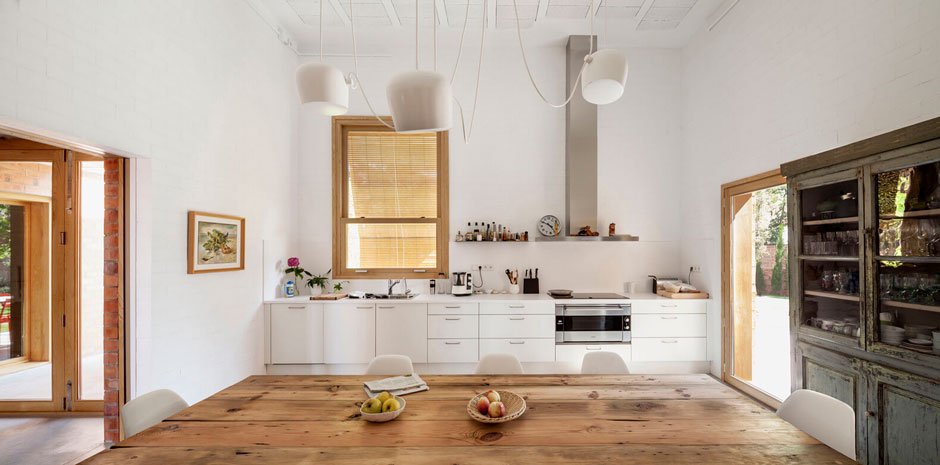
Another popular option is placing the table parallel to the kitchen island. As a result, this serves as an excellent integration between places, such as a sink, stove, or workplace. This is the case with Renée del Gaudio's Brunswick Bush Shack, Syshaus Residence, and Sunshine Canyon House. This is an intriguing alternative for rectangular designs in which the pieces are positioned perpendicularly to the greatest extent.
When the design plan is closer to a square, it is typically best to put the dining table perpendicular to the central bench. In this case, using an L-shaped countertop allows you to get a more oversized countertop and workspace in the kitchen while keeping the table at a reasonably short distance. This is how New Zealand projects Goatbarn Lane and Te Horo Bach are structured.
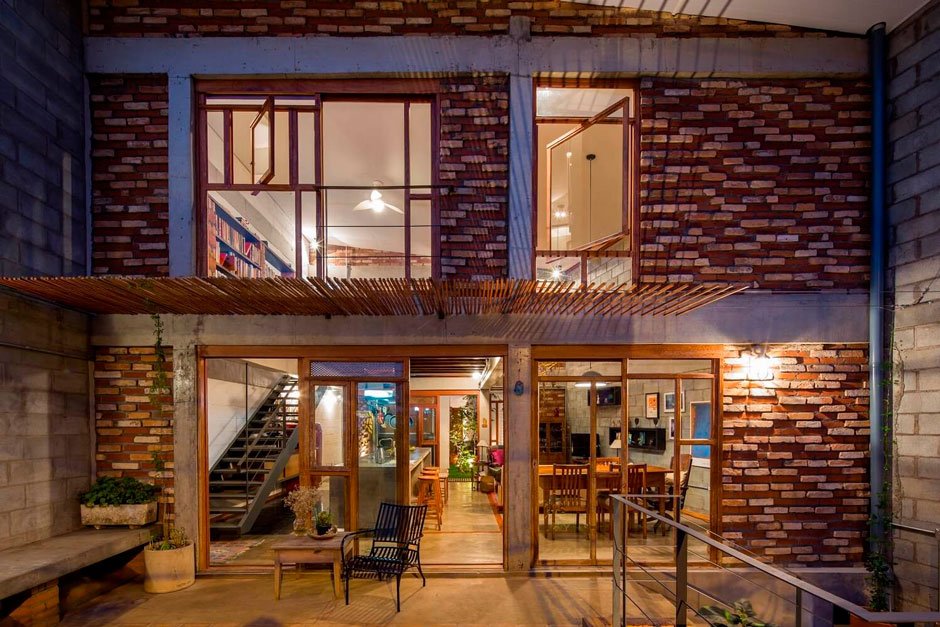
Also perpendicularly, but to the kitchen island, the project of Casa da Rua Madalena, from Garoa, manages to solve the irregular plan by implementing a living and dining room vertically to the kitchen, allowing for a good circulation area with sharp angles due to the challenging terrain.
When the floor plan is narrow, but there is still an island in the kitchen, one option is to merge the table with this centerpiece. Pay attention to its height in this situation, as workbenches are often around 10 cm taller than tables. Taller seats or lowering the size of the component in the sitting section can solve this problem, making it a solution that achieves full integration between the functions of such a space. Among many others, Casa Modelo by Pitta Arquitetura and Jacaranda House by SP Studio are two examples.
We see a unique configuration in Brazilian luxury homes. Where space is not a constraint, we notice that dining rooms are more associated with the social area of the house than with the kitchen. For example, dining tables are divided from food preparation areas in Bernardes Arquitetura's Casa C+C, Casa Branca, and Casa Pipa by walls or moveable panels.

